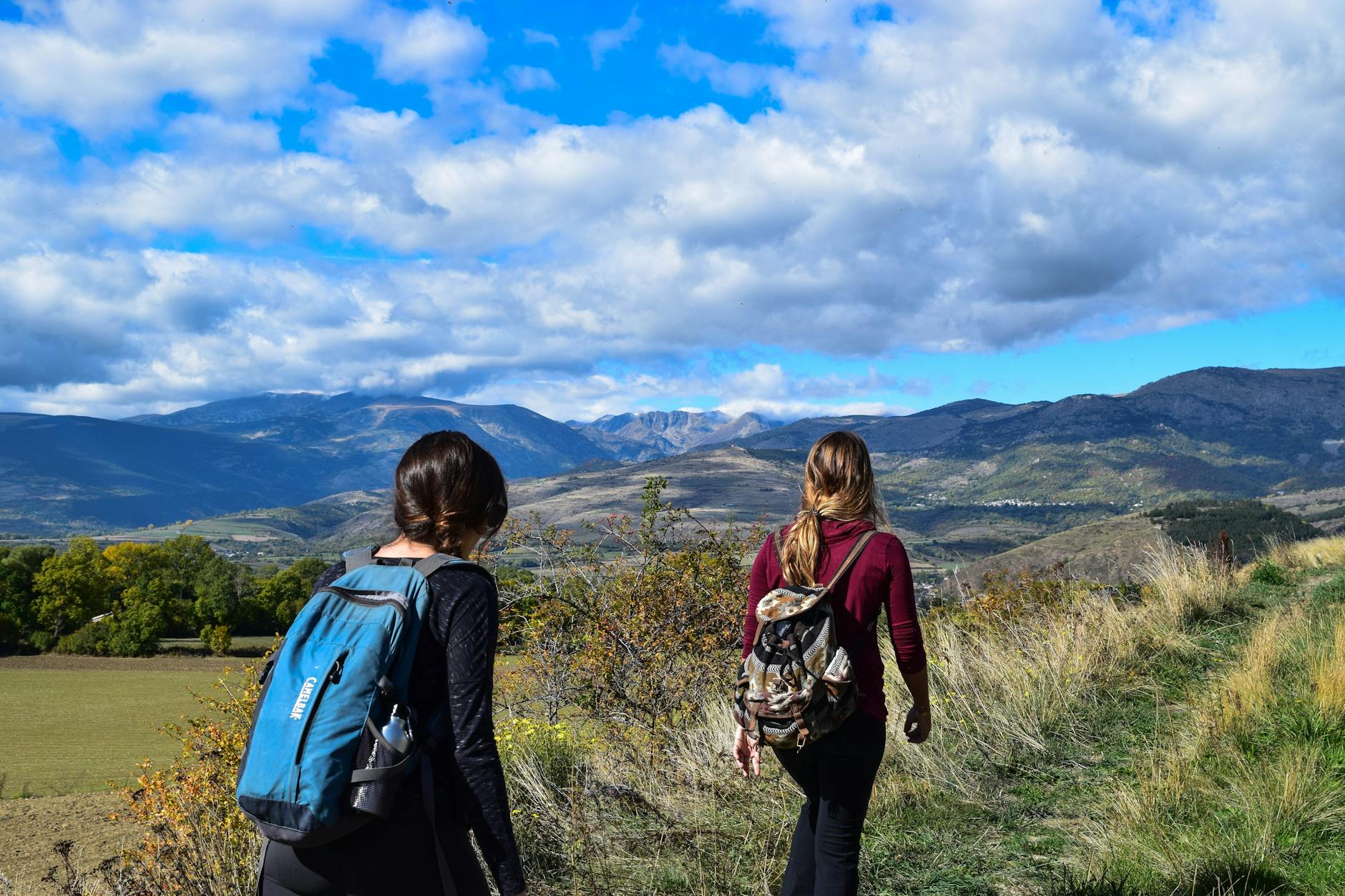None of us can afford to be thoughtless when it comes to travel this year, because record temperatures, extreme weather events and the associated instability that come with them are hitting the headlines regularly, and climate change is to blame.
Of course the most sustainable thing you can do is stay at home and live like a hermit, but that’s simply not feasible or desirable. So the next best thing is being conscientious about how we travel in 2024.
With that in mind, here are some top tips to take onboard if this is your ambition.
Embracing Carbon Offsetting Initiatives

There’s no getting around the fact that even the most eco-conscious excursions will leave an environmental footprint, with one report putting the contribution of tourism to the total carbon output of humanity at 8%.
This is where carbon offsetting comes into play, as it’s an effective way to mitigate any travel emissions your adventures generate.
Here’s how you can make a difference:
Calculate Your Carbon Footprint: Use online calculators like the ones from TerraPass or MyClimate to estimate your trip’s emissions.
Support Verified Projects: Invest in projects certified by Gold Standard or VCS (Verified Carbon Standard) for credible impact.
Choose Diverse Offsets: Mix investments across reforestation, renewable energy, and community-based programs for broad benefits.
Carbon offsetting is a way of contributing to tangible environmental solutions, rather than just throwing money at the problem of travel-related environmental impact. It’s equivalent to balancing your checkbook after splurging on a luxury trip, in that it’s both necessary and rewarding.
So if you’re already on top of money-saving habits, then applying the same principles to boosting the
Choosing Eco-Friendly Accommodation

Opting for eco-friendly places to stay when traveling is another way to significantly shrink your carbon footprint. This is significant given that hotels must slash their carbon footprint by 66% within the next six years to avoid ramping up the planet’s temperature to dangerous levels, according to a WSHA report. Here’s how to choose wisely:
Look for Certifications: Stay at places with certifications like LEED, Green Key, or EarthCheck for verified
Research Their Practices: Prioritize hotels and lodges that implement water-saving measures, use renewable energy, and support local communities.
Opt for Small-Scale Lodgings: Smaller inns or guest houses often have a lighter environmental impact compared to large resorts.
An eco-friendly stay is adjacent to choosing organic produce when buying groceries, because it supports a healthier system. It’s a case of voting with your wallet, which is one of the best ways to convince larger companies that they need to do better when it comes to
Taking Part in Sustainable Activities

While the temptation to blast about on jet skis or rent gas-guzzling vehicles to explore during your adventures might be strong, these more traditional options tend to come at a cost to the planet. Instead, you should aim to participate in activities that respect and preserve nature. Here are a few eco-friendly ideas:
Hiking: Explore local trails, which promotes physical health and requires minimal resources. There are so many world-class examples out there, from the Walkers Haute route that straddles the French and Swiss Alps to the Ozark Highlands Trail that meanders through the natural beauty of the Midwest.
Wildlife Tours: Join ethical wildlife tours that support conservation efforts and educate participants on local ecosystems.
Kayaking or Canoeing: Enjoy water sports that don’t rely on motors, minimizing pollution.
Participating in these activities is like eating a home-cooked meal, as it’s nourishing for you and better for the environment. Plus, they offer unique ways to connect with nature without harming it in the process.
Opting for Slow Travel to Minimize Impact

There’s clear data on the comparative emissions of different modes of transport, with domestic flights taking the top spot, ahead of combustion engine cars and longer flights. This reveals the cost of getting from A to B quickly. Luckily, slow travel is a great way to squash your environmental impact and deepens your connection with destinations in one fell swoop. Here’s how to practice it:
Travel by Train or Bus: These modes emit less CO2 compared to planes, plus you get scenic views.
Stay Longer in Fewer Places: Immerse yourself fully rather than hopping from place to place, reducing transport emissions.
Explore on Foot or Bicycle: Walking and cycling are zero-emission ways to experience local culture and landscapes.
The aim is to ditch the fast-food approach to travel, which may be quick and satisfying in the moment, but has long term ramifications that are less than ideal.
Final Thoughts
The good thing about these tips, from paying to offset the carbon emissions of your travel to using slower modes of transport, is that they are not only relevant in 2024, but will remain so for the foreseeable future. So you don’t have to ditch travel plans altogether if you’re concerned about living sustainably; you just have to rethink how you approach them.








Hey, I enjoyed reading your posts! You have great ideas. Are you looking to get resources about Cosmetics or some new insights? If so, check out my website QH8